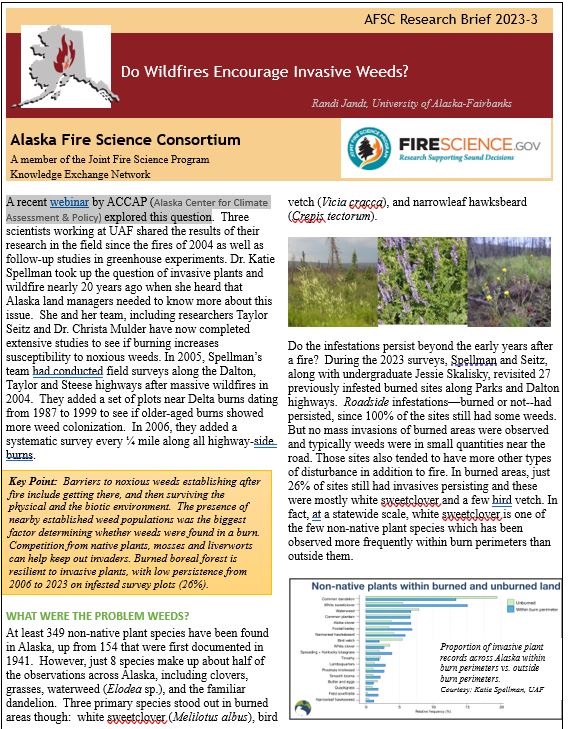
National experts will be giving a talk to bring you up to speed on this issue if you’d like to know more about sources of soot in the atmosphere (including wildfire) and whether pollution control efforts are having any effect. Speakers include: In-situ ground sensing: Patricia Quinn (NOAA); Satellite remote sensing: Ralph Kahn (NASA); and Transport modeling: Mark Jacobson (Stanford).
Date: April 18, 2014 Time: 3:00-4:30 EDT (that’s 11:00-12:30 Alaska Daylight time) Register at IARPC Collaboration website.
Find the recorded webinar <HERE>
The Atmosphere Collaboration Team of the Interagency Arctic Research Policy Committee (IARPC) is hosting the second of two webinars on black carbon which are open to the community. The intent of the second webinar is to share information about current science questions and activities related to Arctic black carbon. Experts will be on hand to share information and answer questions in an effort to inform the Atmosphere Collaboration Team of IARPC of possible future interagency activities related to Arctic black carbon.
Webinar Synopsis
Black carbon is “the second most important human emission in terms of its climate-forcing in the present-day atmosphere; only carbon dioxide is estimated to have a greater forcing.” When BC is deposited on snow and ice, it darkens an otherwise bright surface. The darker surface may enhance the absorption of solar radiation resulting in an acceleration of snow and ice melting. In addition, BC particles suspended in the atmosphere absorb solar radiation and heat the surrounding air. Atmospheric BC can also alter cloud properties leading to changes in cloud amount and precipitation. Black carbon has multiple sources including domestic combustion for heating and cooking, diesel combustion related to transportation, fossil fuel and biofuel combustion for power generation, agricultural burning, and wildfires. Identification of the sources and types of black carbon (both the geographical region of the source and the combustion process) is necessary for effectively mitigating its climate impacts. In addition, measurements of black carbon are required to verify whether implemented mitigation strategies that target BC emissions from certain sources are actually leading to reductions in BC concentrations in the Arctic atmosphere and surface. In 2013, NOAA’s Arctic Report Card added a black carbon assessment to the Atmosphere Section; the primary conclusions of the assessment are that (1) the average equivalent black carbon concentrations in 2012 at locations Alert (Nunavut, Canada), Barrow (Alaska, USA) and Ny-Alesund (Svalbard, Norway) were similar to average EBC concentrations during the last decade and (2) equivalent black carbon has declined by as much as 55% during the 23 year record at Alert and Barrow (Sharma et al. 2013).




 rost distribution and soil C decomposition, methane emissions and carbon fluxes in lake systems and wetlands–etc.! A team lead by
rost distribution and soil C decomposition, methane emissions and carbon fluxes in lake systems and wetlands–etc.! A team lead by  ut the remainder of this century) with warmer climate and higher CO2 concentration in the atmosphere are estimated to offset these losses under most of the climate projection scenarios. Since this nutshell summary glosses over a lot, you should take a look at the presentation and the
ut the remainder of this century) with warmer climate and higher CO2 concentration in the atmosphere are estimated to offset these losses under most of the climate projection scenarios. Since this nutshell summary glosses over a lot, you should take a look at the presentation and the 


